A lot to bring to the table
Updated: 2013-06-22 09:00
By Cecily Liu and Yang Yang (China Daily)
|
||||||||
Chris Hardie, associate partner and head of SHL Shanghai office, said his team is now working on a project in Shanghai in which the materials proposed for a facade have an advanced coating that cleans the air around the building.
If the proposal gets the go ahead, Hardie's team believes the environmental benefit of the facade alone would be the equivalent of planting almost 3,000 trees on site.
Another example is the architecture firm Kazia Li Design Collaborative in the United States, which has developed a planning framework for its architects called DEEP, which stands for four factors needed to achieve sustainability - design, environment, economics and planning.
Founder and principal designer Clay Vogel said it is important to design sustainable buildings in China because he expects China's energy consumption habits to become more wasteful as Chinese citizens increasingly realize what living comfortably means.
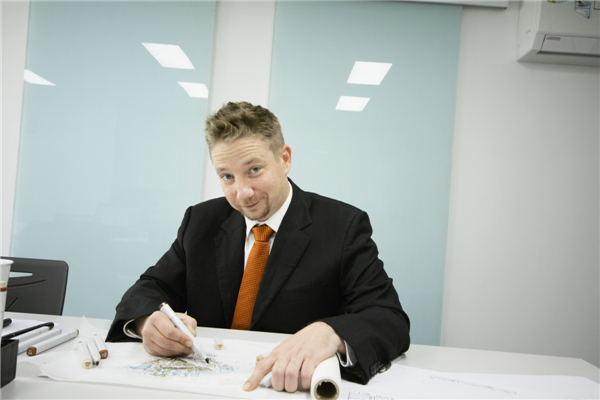 |
|
Clay Vogel, founder of Kazia Li Design |
"In China when you enter a building in the winter, the heating is not usually on and everybody tends to be wearing their outer jacket, which is green," Vogel said.
"However, it won't be long before the Chinese understand (the idea of comfort) and begin to push building owners to switch the heating on, so buildings will need to be designed with better quality weather stripping and other features to keep the heat indoors."
Challenges China faces in building a sustainable urban environment have gained attention from European academic institutions, one example being Bartlett Faculty of the Built Environment at University College London.

 Obama nominates new FBI director
Obama nominates new FBI director
 Lucky winners get 'best jobs'
Lucky winners get 'best jobs'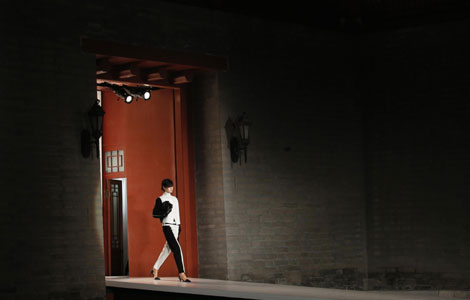
 'Americans In China' fashion show
'Americans In China' fashion show
 In with old and in with new
In with old and in with new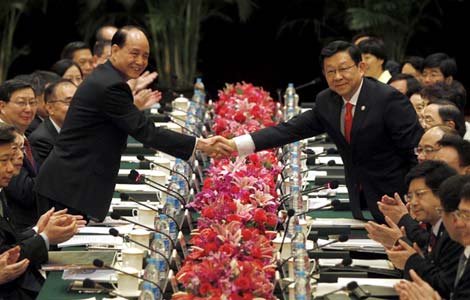
 Pact to boost cross-Straits service trade
Pact to boost cross-Straits service trade
 Foreigners in Tianjin find a fresh goal to aim for
Foreigners in Tianjin find a fresh goal to aim for
 LeBron leads Heat to second straight title
LeBron leads Heat to second straight title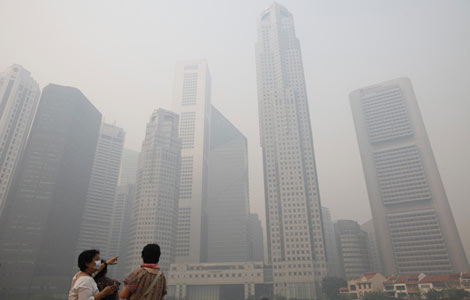
 Singapore haze at worst yet, schools shut
Singapore haze at worst yet, schools shut
Most Viewed
Editor's Picks
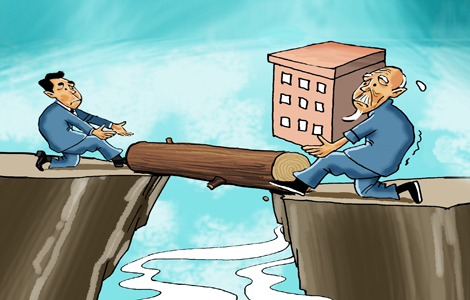
|

|

|

|

|

|
Today's Top News
US diplomat lays out vision for East Asia
China in $270b oil deal with Russia
Pact to boost cross-Straits service trade
'Goodwill' voiced in solar row
US files charges against Snowden
Economic confidence levels drop
Major source for Beijing water plan 'polluted'
Foreigners in Tianjin find a fresh goal to aim for
US Weekly

|

|







